SESSION 03: MOBILITIES ACCESSIBILITY AND INCLUSION
Older people moving in their homes: how older adults’ mobility challenges industry and governments visions
Miguel Gomez Hernandez (Monash University), Berwyn Kwek (Monash University), & Sharifah Rose (Monash University)
As homes become increasingly automated, digitised, and operationalised, the concept of ageing-in-place for older adults evolves in parallel. The transformation into ‘smart homes’ sees the integration of an array of technologies that enable older adults to maintain independence and mobility within their own homes. Yet, crucially, automation also catalyses a broader shift in both industry and governmental strategies, pushing the policy paradigm towards a more technology-reliant approach, particularly in addressing mobility issues faced by older adults. This paper challenges the assumptions of this model, focusing on such transformations associated with mobility at home, in particular responding to falls. We argue that the desires and everyday lives of older people as they move and/or fall in their familiar spaces do not necessarily align with such technocratic visions, which often conceive of older adults as static data points. In this way, we problematise how automated technologies such as movement tracking and fall alert systems are redefining how older adults are expected to move and are monitored. Drawing on our ethnographic fieldwork in Singapore, Malaysia, and Australia, we show these contestations by examining governments, industries, caregivers, and older people’s visions and meanings of desired ageing lives and expectations concerning mobility. We propose that older people’s everyday lives and ideas of mobility often challenge the socio-technical architectures of these systems, and technocratic futures currently envisioned by both policymakers and industry experts.
Understanding Travel Experiences of Older Adults in Interacting with Digital Transport Services: Exploring Methodological Approaches
Jiyoon Lee (Monash University)
This working paper explores methods to understand the mobility practices and behaviours of older adults interacting with emerging digital transport services through a mixed-methods case study. In this study, I conduct design ethnography to gain insights into the everyday travels of older adults and introduce a new survey questionnaire based on the Australian Internet Usage Survey 2021 Questionnaire and the Internet Skills Scale to investigate digital inclusion. The investigation begins with a scoping review of literature on older adults’ travel experiences and the impact of digitalisation on everyday mobility, highlighting the need for inclusive design in digital transport services. This is followed by a presentation of the methodological framework for the case study, emphasising design ethnography and empirical data gathered from older adults in Melbourne. Key components include a travel diary with daily journey mapping and a questionnaire designed to investigate digital engagement in transport, focusing on access, affordability, and digital ability. The paper then presents the use of visual methods in analysis and synthesis of the survey data and ethnographic insights. These include experience mapping, diagrammatic presentations and prototyping to illustrate the interactions between older adults and various touchpoints in their travels. This provides a comprehensive view of their unique needs, challenges, and desires. The paper demonstrates how these methods help to translate data into patterns and actionable insights that inform the design of more inclusive mobility solutions for older adults in the digital era.
Agentic AI Workflows & Simulation for Decision Making
Prof Flora Salim (UNSW)
Agentic AI workflows have been used more widely to automate processes and tasks in complex decision-making environments. Examples on existing GenAI Agentic workflows to assist in decision making will be drawn from the literature. What does the future hold for generative AI-bases simulation? Should we use this simulation to augment human decision making, and/or serve an agentic proxy for ‘simulation in the loop’? Will this enable a more diverse and inclusive decision-making processes, with both human and AI agents interacting in complex multi-stakeholder use cases?
A Thousand Kilometre Trip to the Bank: The Impact of the Digital Gap on Access to Services in Remote First Nations Communities
Dr Daniel Featherstone (RMIT University)
The digital inclusion gap between First Nations people and other Australians increases significantly with remoteness, where access to affordable and reliable communications services and digital support is often limited. The primary use of pre-paid mobile phones provides mobility and payment flexibility, but coverage is often patchy, congested or non-existent. Meanwhile digital transformation is moving government, banking and other services to online delivery and face-to-face services are closing, limiting access for those remote First Nations people without coverage, credit, digital skills or support. Some clients now have to travel vast distances to a bank branch or to access healthcare or government services.
On the remote island community of Galiwin’ku, in Northern Territory’s Arnhem Land, a daily stream of planes takes residents, service providers and contractors in and out to regional centres. Homeland residents on Elcho island drive in to Galiwin’ku for food, school, health services and work. The promise of the digital economy in delivering services anywhere and reducing travel has not reached Galiwin’ku and other remote communities, where the benefits would be greatest, with residents and service providers carrying increased costs. With projects now underway to improve services in Galiwin’ku, a coordinated national effort is needed to close the digital gap for First Nations Australians.
